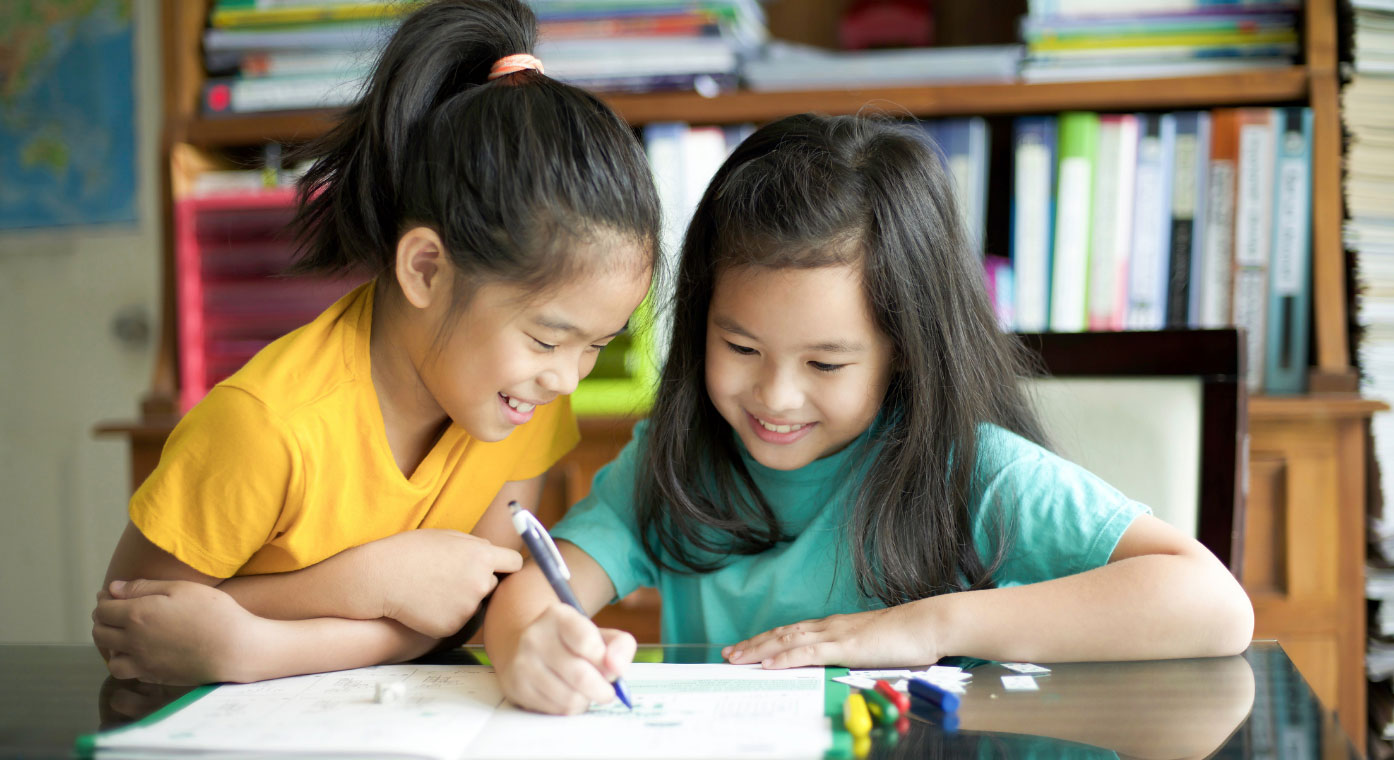How To Teach Children Problem Solving Skills
Most people think that play is just play and is unfortunately viewed as a waste of time. The real fact however, is that activities to improve problem-solving skills demand that children play, just the way we did when we were young.
We have also forgotten that all we needed then was a little bit of guidance and encouragement to make sure that our play had a positive impact on our development. Helping us to learn a little more about ourselves, as well as begin to understand the world we were growing up in. This is how most of us grew up – doing, thinking and understanding logical and creative thinking skills.
Let’s not forget that like everyone else, our children too face problems and challenges on a daily basis. And it is through play that they begin their journeys of understanding how best to cope with them and acquire skills to overcome hurdles in a natural, fun way. Which is why creative problem-solving skills play such a vital role in a child’s life. Helping them develop physically, cognitively, emotionally as well as gain social skills which they will need later in life to live independently.
Remember, you don’t have to coax children to play, they are naturally motivated to play and learn. More important to note, they learn faster and better, when they are engaged in the things they find interesting and fun to do.
Developing problem-solving skills
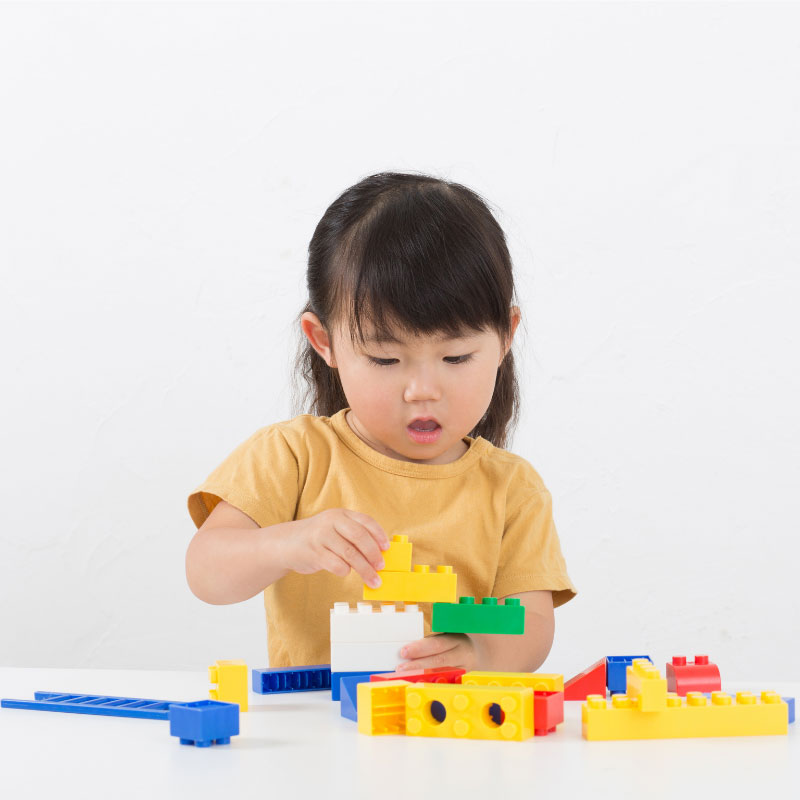
Activities to improve problem-solving skills are important in life and children need to develop them so that they can make decisions for themselves. Become more confident and independent, and prevent them from feeling anxious or being frustrated.
Babies and toddlers are born with reflexes that enable them to explore their surroundings all the time, and learn about the world they live in by using their senses. For instance, when a baby is held up, she naturally begins to make stepping motions or some might view it as kicking actions with her legs.
While it may be an involuntary movement, this soon gives way to a purposeful action as muscle control develops. To the baby, it will be something like saying, “Oh, it feels so nice to kick my legs in the air!”
As babies move towards the end of their first year, these random movements become more purposeful as they begin to realize and use their newly found “tools” to problem solve. Like reaching out to bring a toy closer. Or pushing a toy with a finger and giggling when it moves away.
Learning by using all the senses
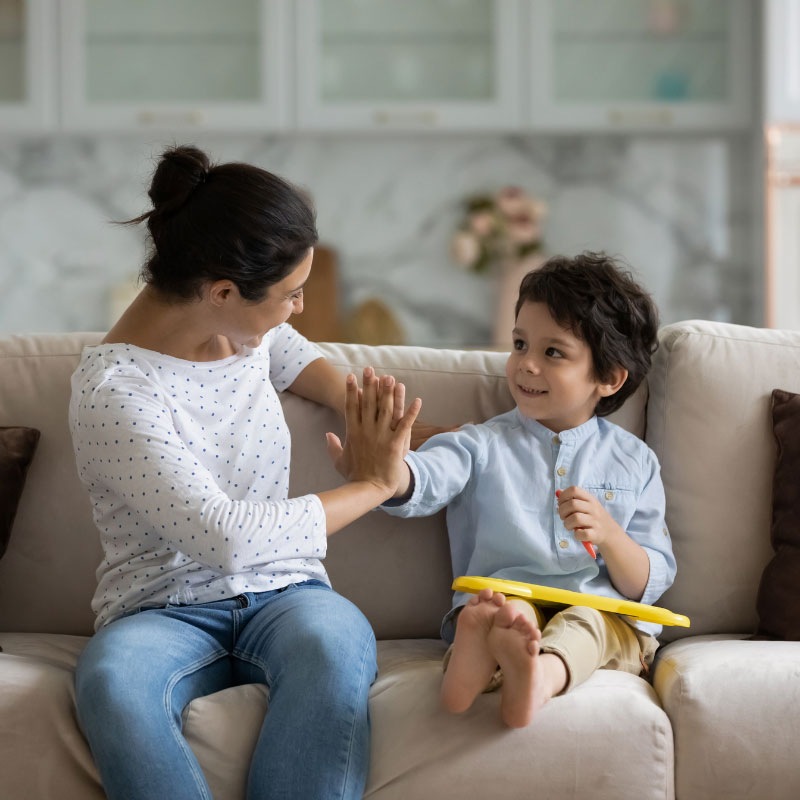
Without concepts, having a skill is of very limited value. Concepts are developed through activities that occur naturally during play, such as counting, sorting, sequencing, predicting, and evaluating.
A child who is able to count to five by rote, may not have the concept of five unless she understands that the quantity ‘5’ is represented by actually getting to count ‘five wooden blocks’. Children retain those skills and ideas that they learn in meaningful contexts.
Toddlers use all of their senses to find out what things can do, as well as figure out what they can do to things. These sensory experiences wire learning networks in their brain.
This is why it becomes important to allow toddlers to interact with a wide variety of sensory activities that involve different textures, sounds, shapes, and colours. It helps motivate toddlers.
Plan to learn more
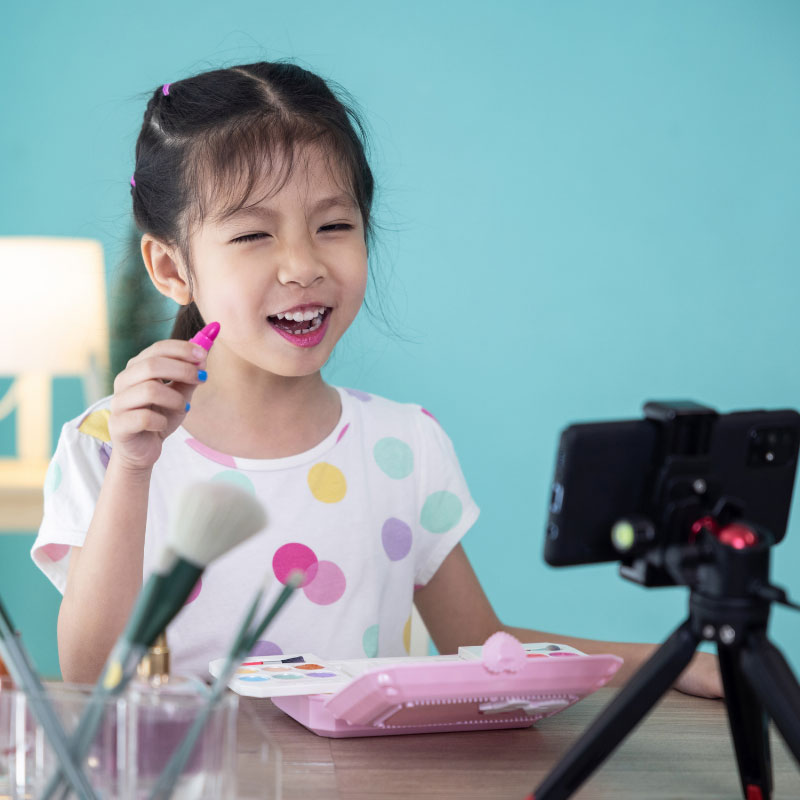
By the time children are a year and a half old, they begin to remember more and more and make plans based on ideas formed by their experiences. At this age, children are keen observers and watch their caregivers like a hawk. They never miss a thing!
For example, your child will always watch every move you make. Closely notice how you lift a pile of plates by sliding them to the edge of the table and deftly scooping them up into your hands. It won’t be long before she too attempts to try using the same technique with her set of crayons, paintbrushes and paint tubes when she is told to clean up her mess. Don’t forget to praise her remarkable thinking and deft handling, even encourage her with a treat!
But if she fumbles and gets stuck, suggest a different way. Remember, timing is everything when it involves a toddler. Reacting too soon might stop the process, and waiting for too long might be late to reward her with a compliment.
Talking is always a big help
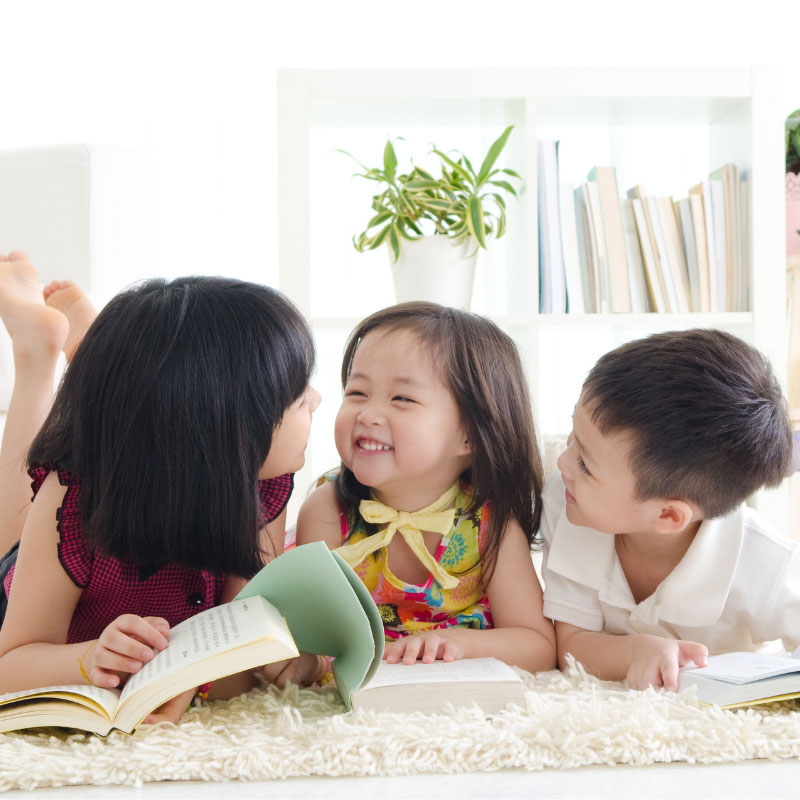
Children learn to solve problems by watching and imitating others. That’s why, take the opportunity to share and explain even simple problems you face while doing household chores, like loading your daily laundry. You may explain that it is not such a good idea to overload the washing machine. Or telling her not to put hard toys in it to clean them. Always remember to make connections between similar situations.
Two-year-olds are always curious and creative, and they don’t generally like being told what to do. Tread lightly in such situations, as you will be skating on thin ice. Fortunately, as their thinking and language skills are growing, they are more willing to discuss and resolve problems on their own.
Like when your two-year old daughter wants to go outside right “now” because it is raining and like you to come with her. She runs to grab her raincoat and her little umbrella and is proudly waiting by the door. She knows the sequence of events that will get her outside to play in the rain!
Finding solutions through brainstorming
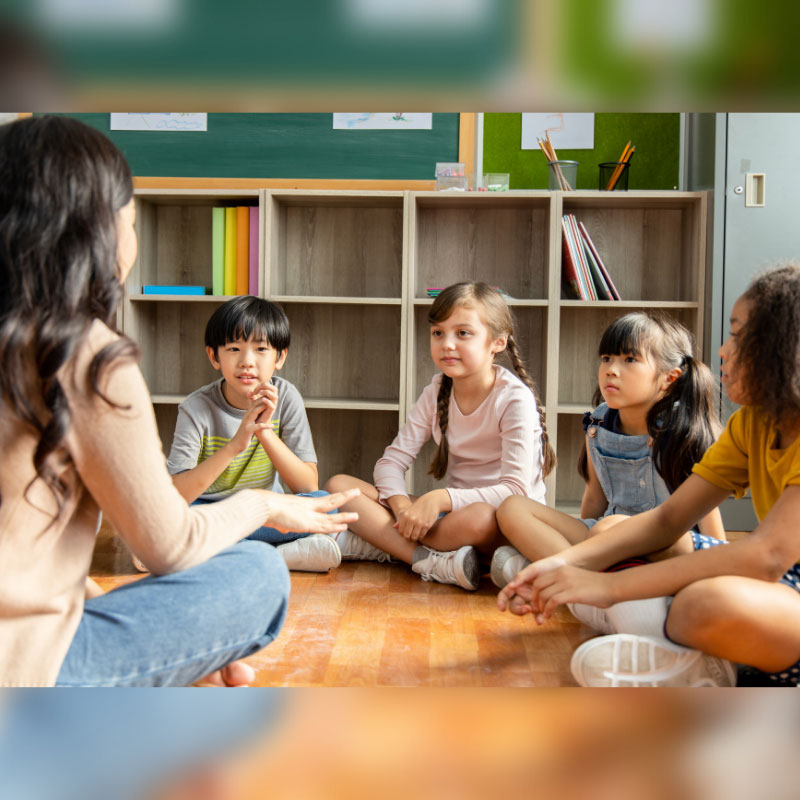
Your 3-year old girl loves to experiment using different materials and is truly involved in developing her problem-solving skills. One day, she and her friends decided to build a huge dinosaur out of cardboard boxes in the living room. But they are not too sure about what will be the best way to hold the boxes together.
Using a problem-solving approach, they brainstorm for ideas. First they tried to glue them together, and when that didn’t work, they brainstormed some more. Pretty soon they came up with the idea of taping the boxes together. Once everyone voted and agreed, they got busy cutting up a masking tape and wrapping it around the boxes and creating a dinosaur that was twice their height and had a three foot long tail.
Together, they were able to come up with an idea, negotiate which material to use and what actions would be needed to solve their problem. And deciding how to colour their creation, led to even more enthusiastic discussion. zealous debate
Encourage the sense of wonder
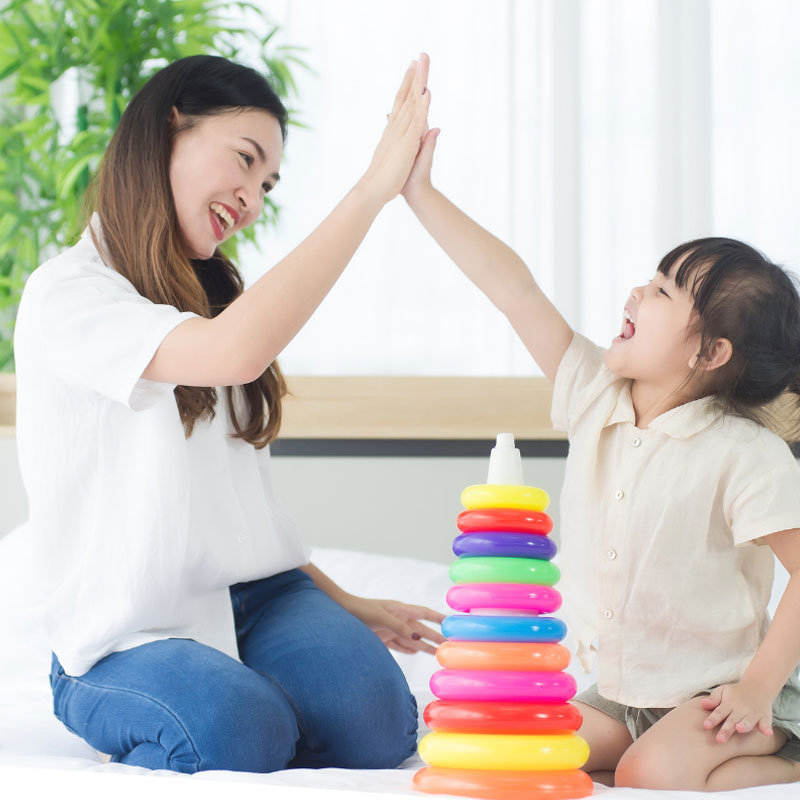
Problem-solving puts children in the “zone” where ideas flow freely. They begin wondering how things really work when put together. They’re curious and excited about what they can do with their imaginations. They are on yet another of their problem-solving adventure.
The role of adults is to sustain this state of wonder by asking open-ended questions. You might say, “I wonder why leaves change colours. What do you think?” Set the ball rolling for some creative thinking. Initiate a brainstorming session, accepting all the wacky ideas children come up with. Then actively explore by treating the leaves as a science experiment!
Applying what is learned
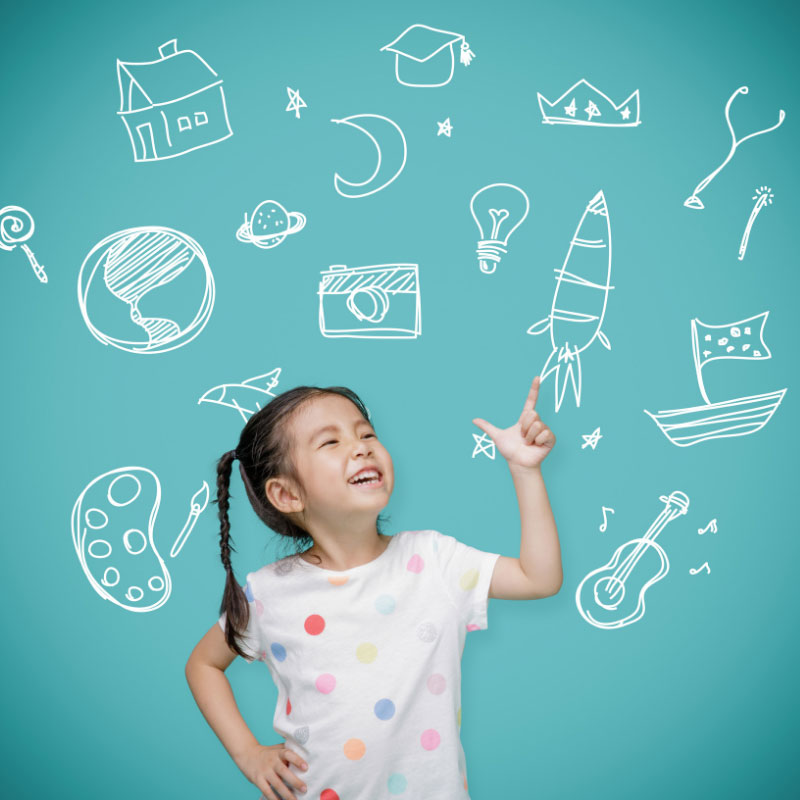
Once children find a solution in one area, get them to apply what they learned to a new situation. Help set the tone and pace. For example, once children discover that one object worked well for making crayon rubbings, get them to look for other items to rub. Let them to find out for themselves. Will it create a similar pattern? What are the other rough things they can use for their rubbing activity?
As their verbal ability has matured, they communicate ideas freely and honestly with other children. This is a big deal. Because once children find themselves engaged in the joys of problem-solving, they are not afraid of being “wrong!” They are truly free to experiment with more complex problems and to work collectively to find a solution.
Gym for the body & mind
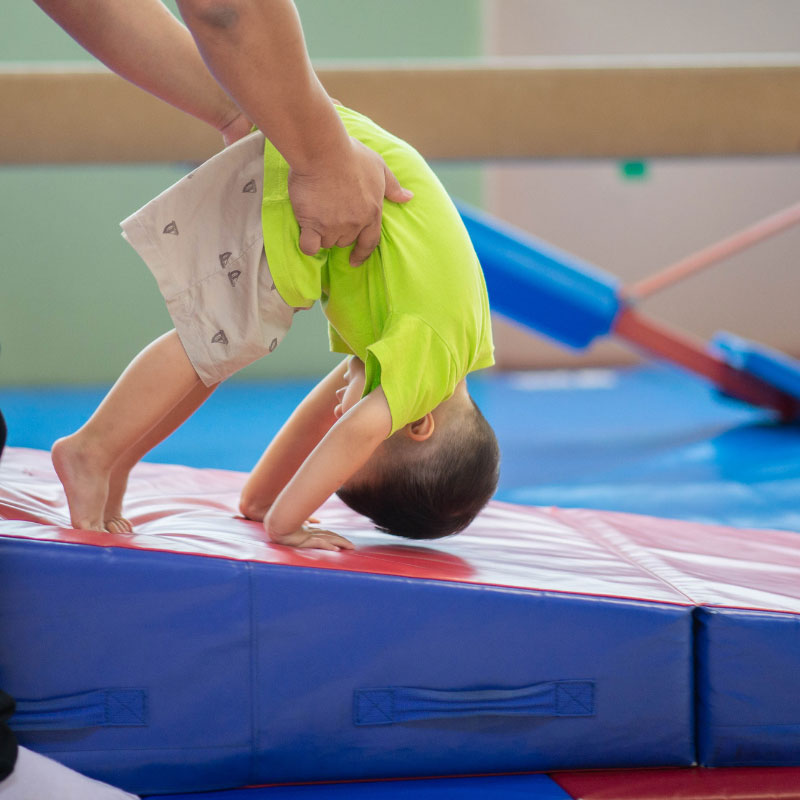
In addition to developing physical agility and wellbeing, involving children in dynamic physical activity and movement helps in building neural networks in the brain. Making it easier for children to acquire intellectual skills, navigate complex social situations, and nurture emotional development. To find out more about how My Gym plays a key role in supporting “whole-child development,” please visit any of our centres. Choose a day when you will be relatively free and come over with your child in tow. Your child could be an infant (as young as 6 months), a toddler or a preschooler, age is not a bar for enrolling.
My Gym has child enrichment programs that lay a firm foundation for your child’s personal, academic and future growth by involving your child in age appropriate creative learning and problem solving activities.
Please note: My Gym classrooms are thoroughly sanitized every day — the tables, the chairs, the children’s activity stations and everything else the child might touch is made safe and clean. Please wear a mask, wash hands frequently, and practice social distancing.
Frequently Asked Questions
Why is it important to teach children problem solving skills?
When children are equipped with problem-solving skills from the beginning of their learning and development stages, they can easily establish a sense of independence, gain logical and critical thinking skills, and communicate effectively with stronger social skills. Engaging children in play-based activities makes them capable of overcoming challenges with grace and encourages them to learn spontaneously in a fun-filled atmosphere.
What activities help children improve their problem solving skills?
Play-based activities such as block-building, brainstorming, balancing games, puzzle solving, drawing or colouring, sorting, playing memory games, and storytelling, among others, equip toddlers with problem-solving skills during the initial phases of development. Our age-appropriate programmes are designed to help children come up with innovative solutions in order to overcome problems with greater ease.
What is the role of physical activity in solving problems?
Physical and creative learning activities for toddlers that enhance both gross-motor and fine-motor abilities also contribute to the formation of neural networks in the brain, which eventually help kids navigate complex situations gracefully by developing problem-solving skills. It also encourages children to explore their environment without fear, boosting their confidence and self-esteem.
How to identify and encourage multiple intelligences in early childhood?
Social skills are a key element of early childhood development as they help children recognise, express, comprehend, and control their own emotions. It also strengthens their interactions with family, friends, and teachers, among others. Initiating a dialogue with children, encouraging them to brainstorm ideas, feeding their curiosity, and engaging them in play-based creative learning activities are some of the most practical approaches that help parents identify and encourage multiple intelligences throughout the early stages of development.
What learning situations in the classroom can develop skills in problem-solving?
In a school environment, kids begin to acquire problem-solving skills through simple daily tasks such as searching for an object, arranging their toys on the table, interacting with classmates, brainstorming together, and participating in physical agility exercises. Such problem-solving activities encourage children to come up with innovative solutions that help them overcome obstacles with ease.



